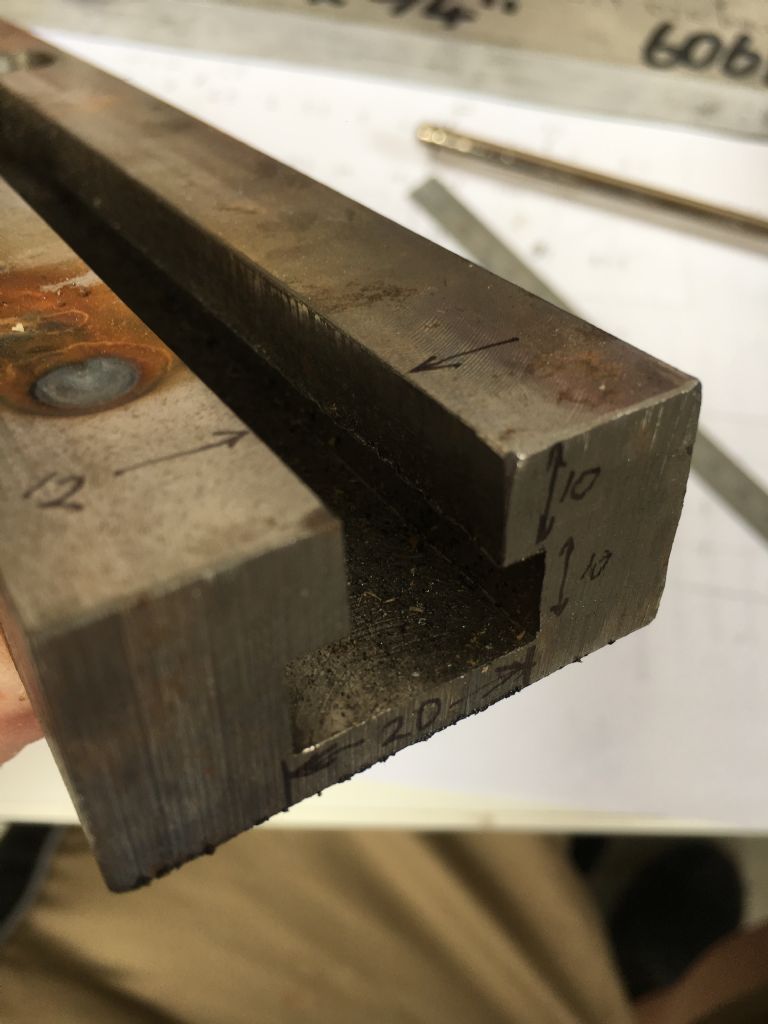My handy dandy slide rule "window" calculator fro Osborn tools says 764 rpm(!) for a 1/2" cutter in tough or mild steel.
Says:-
End mills are for profiling so cut depths up to the diameter of the cutter, 1/2 " or 12 mm, and cut widths up to 1/4 the diameter.
Slot drills, aka centre cutting end mills these days, are for for slotting so cut width is diameter of cutter and depth up to 1/2 diameter.
Feeds given as 6 & 11/16" (!) or 170 mm per minute for a 4 flute end mill and 4 & 1/4" or 108 mm per minute for a two flute slot drill. Feeds top be halved for long series cutters.
Leaving aside the rather theoretical precision of some figures its important that you give the cutter something to bite on. The action of cutting tends to stabilise things, too shallow a cut promotes rubbing which is not good. Folk tend to feed too slowly. Also important to get rid of the chips. Recutting chips is seriously bad news.
Very shallow cuts merely reduce the life of the end mill. To a first approximation it can only make so many passes before its blunt so taking 1/4 of the depth of cut effectively means a quarter as many jobs before its done. You have paid for the sharp flutes all the way up the side so you might as well use as much of the length as possible.
Clive
Anonymous.






